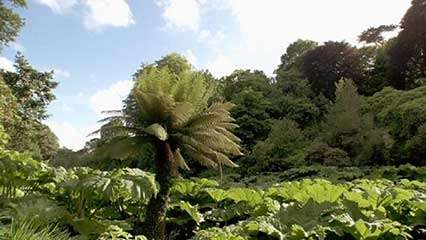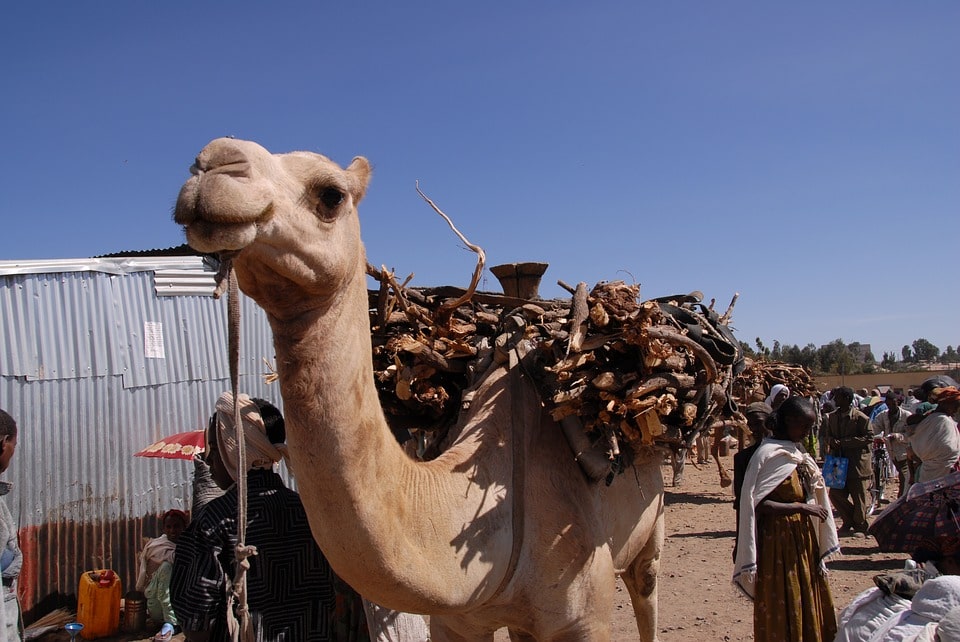Africa’s naturally occurring biological resources—its immensely varied vegetational cover, vast insect life, and diverse animal life—have been described above. When combined with cultivated crops and domestic animals, these resources represent the great bulk of the continent’s economic wealth.
The two most economically important types of vegetation are forests and grasslands. Among the forested areas, the tropical forests contain much of the valuable timber. The vast equatorial lowland rainforest has the greatest variety of tree species, but the species most commercially in demand are found in the zones of broad-leaved woodlands and tropical highland forests. The true value of the forested areas, however, cannot be ascertained exactly, as original forests are progressively being converted to farming areas, and few governments have undertaken comprehensive land-use surveys to determine their present extent.
A large proportion of the land surface of Africa bears vegetation in which grass is an essential feature. This abundance of grass has made possible the continent’s enormous and varied populations of herbivorous mammals, both wild and domesticated. The tall and fibrous invasive grasses in forest environments and in large tracts of wooded grasslands are seldom very palatable to livestock, but, in those parts of the continent where good forage grows naturally or has been introduced, livestock raising is of great economic importance.
The Albida acacia tree of the “farmed parkland” areas of western Africa is of special economic importance. Unlike almost all other dry woodland trees, whose leaf shedding normally occurs at the onset of the dry season, the Albida appears to have a period of partial dormancy during the rainy season and springs to life only at the beginning of the dry season. At such periods its foliage is abundant and—being a palatable leguminous species—is much prized as browse for sheep, goats, and cattle. The smaller leafy branches are frequently fed to stock. The tree flowers and produces fruits, which are harvested, dried, and fed as a protein concentrate to stock at the height of the dry season.








